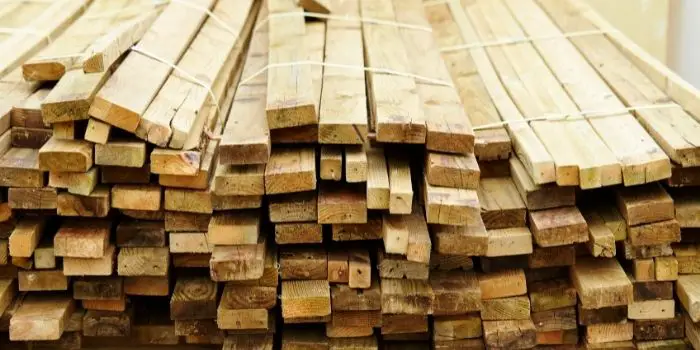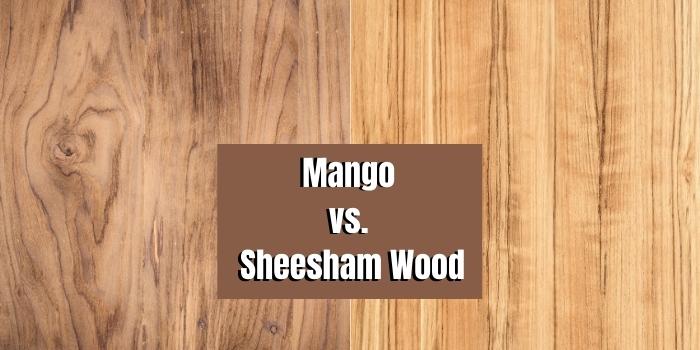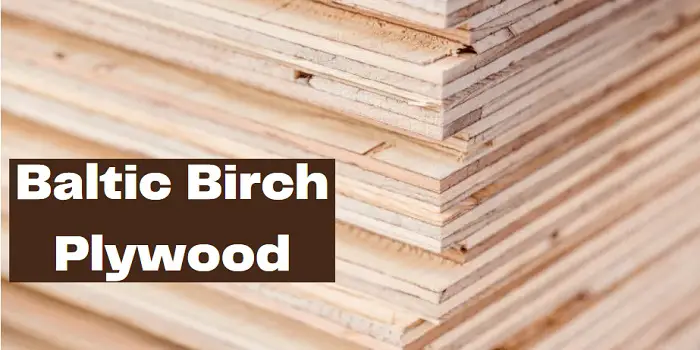
Mindi wood is known by various names and is an expensive wood that is commonly used in projects that need solid wood to ensure durability.
Understanding the characteristics of this kind of wood is important for anyone who likes to build, whether you are a DIY enthusiast or a professional home builder.
Loved especially for its strength, Mindi wood first originated in Holland, where it was then transported to Indonesia.
The plants were grown on plantations and named Mindi wood, though the wood also goes by chinaberry, white cedarwood, faux sycamore, marindi wood, and Geringging.
Mindi wood is known for its natural decay- and fungi-resistant properties and is beloved by woodworkers and cabinet makers due to how easy it is to work with.
When it is compared with other kinds of wood, it dries more quickly and shrinks less. This makes it preferred for use in veneers.
Characteristics of Mindi Wood
Mindi wood is one of the rare kinds of wood that is mostly free from knots and has a straight grain. Its attractive appearance makes it preferred for interior doors and window trim.
The close grain texture also makes it a good choice for veneers as it can cling better to bases to give products durability and longevity.
You’ll notice Mindi wood has an appearance that is similar to poplar wood and has a light yellow hue with streaks of brown.
Once the wood is exposed to light, the center will start to get darker.
Aged Mindi wood starts to look the same as hues found in teak or cherry wood.
Its texture is one with tight grain patterns, though the density and coarseness are similar to oak wood.

What Can You Use Mindi Wood For?
Mindi wood is one of the most popular choices for interior doors, window frame shutters, chests, furniture, boxes, and beyond.
The veneers adhere easily to the wood due to their shrinkage resistance, and the wood is quite easy to work with any application.
It is commonly used by carvers to make specialty items or other small trinkets while being perfect for making turnings in one-of-a-kind furniture designs.
Finally, it is often used for flooring.
Mindi wood makes a good alternative to the materials that are commonly used in Jepara furniture.
Though the raw materials found in this kind of furniture are usually teak or mahogany, it has been commonly agreed upon that Mindi wood is a good alternative both in strength and appearance.
Mindi trees are a sustainable crop that is thought to offer more benefits than just the ability to make wood products.
The leaves of Mindi trees are often used as a traditional medicine that is thought to give the immune system a boost while lowering blood pressure.
The leaves and bark are also known to have antiviral properties that are used to stop malaria and raise the appetite levels of those who have lost their appetite to illness.
How Workable and Sustainable is Mindi Wood?
When you work with Mindi wood, it’s important to use the right safety precautions.
The dust that comes from sanding or cutting this kind of wood irritates the skin, nose, eyes, and throat.
For this reason, it is recommended that you use breathing and eye protection when you work with such wood.
Because of how easy it is to work with and its sustainability, it is beloved by woodworkers and is used to ensure that projects go more quickly and smoothly.
This is due to their stability which is not unlike that of cedar, which prevents twisting and warping.
The wood is strong enough to be used with woodworking equipment without the wood getting damaged, and it can be milled and cut with most modern types of equipment.
Preparing Mindi wood is simple thanks to its ability to be easily sanded, while its coarse wood grain offers a smooth product that needs less effort to sand down at all.
Drilling holes in Mindi wood usually requires a predrilled pilot hole before the screws are set.
There needs to be at least three-quarters of an inch of space at either end to stop splintering.
What about Sustainability?
As I said before, Mindi is a tree that is quite adaptable and can grow under unique environmental conditions.
It is simple to start and will grow quickly, especially across vast plantations such as the ones in Indonesia that give them plenty of space to thrive.
It is capable of being grown in most areas of the world. These trees are also quite resistant to disease and pests, making them more readily available as well.
Final Thoughts
Mindi wood is commonly used to create various wood products that are used in daily life and can be used to replace certain other types of wood thanks to its appearance.
This kind of wood makes for a solid base for various novelty items, furniture, and veneers. Because of both its durability and how easy it is to work with, it is the preferred wood of many carpenters and builders.

Hi, I am Mark Garner a professional carpenter, woodworker, and DIY painter. I live in the small city of Peoria, Arizona as a semi-retired woodworker. I have started this blog with a simple motive to help you with my wood experience in this sector. If you like to know more about what I love doing and how it all got started, you can check more about me here.




